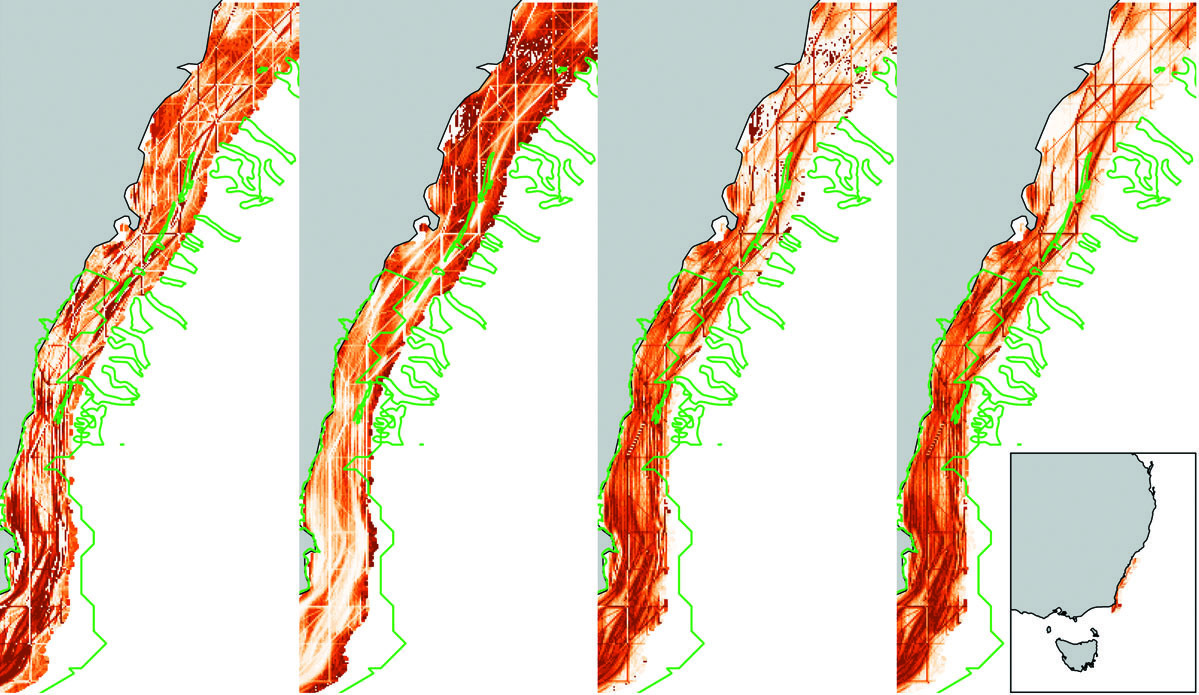
Australia’s marine environment is influenced by a range of pressures that affect different parts of the ecosystem in different ways. A deeper understanding of these pressures is needed to support decision-making by Australian Government regulatory agencies such as the Department of Environment, the National Offshore Petroleum Safety and Environmental Management Authority, and the Australian Fisheries Management Authority.
This project is investigating contemporary pressures, historical trends in pressure data, relationships between pressures and impacts, cumulative impacts, and the influence of changing ecological, social and economic values on the assessment of acceptable risk. It will build on pressure data aggregation completed under the National Environmental Research Program (forerunner of the NESP) to provide a pressure assessment methodology that serves the needs of State of the Environment reporting and Marine Bioregional Planning.
The project will also help the Department bring an understanding of pressures for marine management and decision making under the Environment Protection and Biodiversity Conservation Act 1999 by identifying which pressures to target in the setting of development conditions, species recovery plans and marine reserve management. For example, in the North-west Marine Region, light pollution is a pressure of concern for turtles, but so too is marine debris, physical habitat modification, human presence at sensitive sites and invasive species.
Related information
- National and Regional Pressure Maps - understanding the pressures on the marine envioronment
- Collating existing pressure data for the Commonwealth marine area - feature in NERP Marine Hub Final Report 2011-2015
